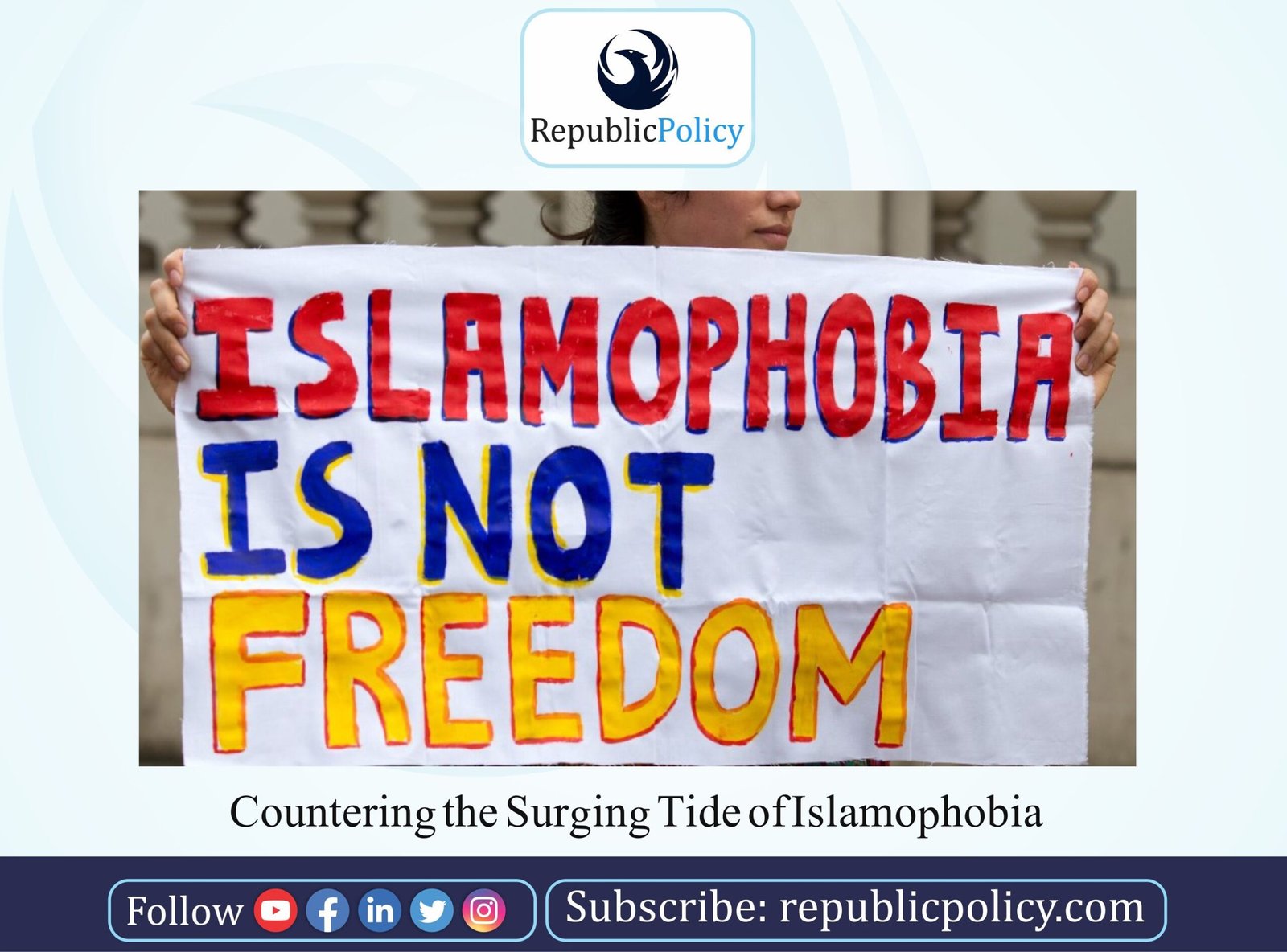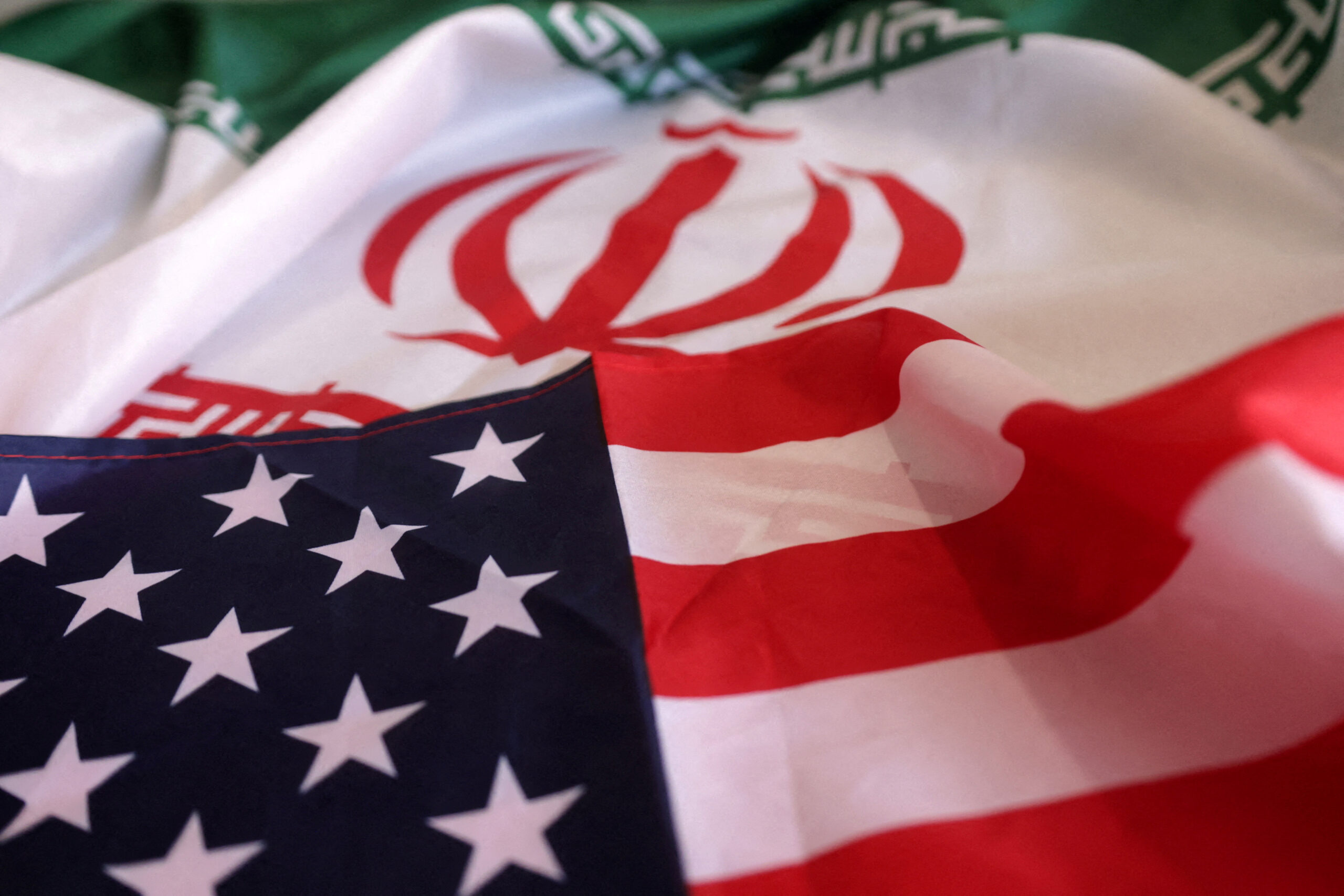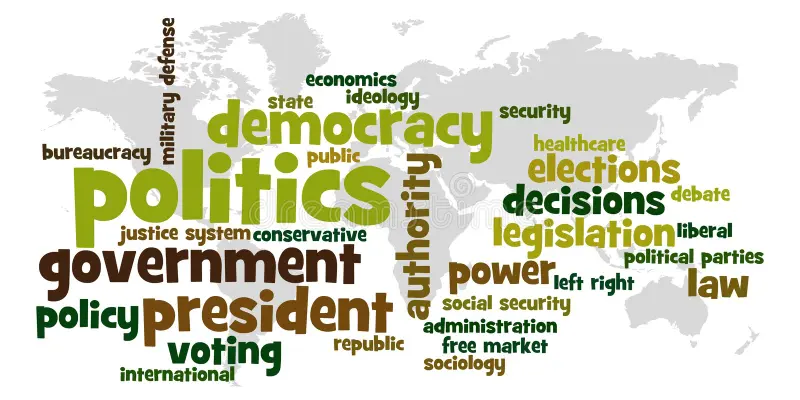Zafar Iqbal
A parliamentary fact-finding committee recently concluded that the “open skies” policy of Pakistan International Airlines (PIA) had devastating consequences for the national carrier. The policy, which opened the skies to foreign airlines, resulted in a significant decline in PIA’s market share, dropping from 50% to just 20%. This loss was largely absorbed by foreign airlines, further weakening the already struggling national airline. This outcome is not an isolated case but rather a reflection of a broader pattern of economic missteps that have consistently undermined Pakistan’s economic stability and growth.
One of the most glaring issues highlighted in recent years is the impact of agreements with foreign Independent Power Producers (IPPs). Since 1992, and continuing through the China-Pakistan Economic Corridor (CPEC) agreements of 2014-17, contracts with foreign IPPs have been remarkably consistent. These agreements stipulated capacity payments and allowed the repatriation of 100% profits, terms that have had detrimental effects on Pakistan’s economy. The excessive financial burden placed on the country has undermined the local manufacturing sector, which has struggled to compete both internationally and domestically. This is evidenced by the negative 1.32% growth in the large-scale manufacturing sector from July to November 2024, signaling a continued decline in industrial output.
Another major policy failure is the passage of the Protection of Economic Reforms Act of 1992, which allowed the limitless outflow of foreign currency from Pakistan. This policy, which gave foreign investors the freedom to transfer profits without restrictions, has led to significant capital flight. While there are no precise estimates of the amount of capital that has left the country, the consequences are clear: massive outflows of money that could have been used to invest in Pakistan’s development. Moreover, this is a facility that is not available to citizens of developed economies, who face strict capital controls within their own countries.
What stands out in Pakistan’s history of economic mismanagement is not the occasional error, but the repetition of these mistakes without proper acknowledgment or correction. This is a systemic issue that has become a hallmark of successive governments. Instead of learning from past errors and adapting policies to meet evolving economic realities, administrations have repeatedly pursued the same flawed strategies, leading to predictable negative outcomes.
The Pakistan Muslim League-Nawaz (PML-N) government has long supported an economic approach centered on opening up the market, restructuring state-owned enterprises (SOEs), and eventually privatizing them. On the other hand, the Pakistan People’s Party (PPP) has been more cautious, reluctant to privatize SOEs, mainly due to organized resistance from workers’ unions. The PPP has instead supported private-public partnerships as an alternative to full privatization. Despite these differing approaches, both parties have generally agreed on the importance of encouraging the private sector to take a more active role in driving economic growth. The rationale behind this is that the private sector is seen as more efficient and profit-oriented compared to SOEs, which are often plagued by inefficiency and corruption.
However, the assumption that the private sector is inherently non-corrupt and efficient is increasingly being called into question. There is a growing recognition that while the private sector may have advantages over public enterprises in certain areas, it is not immune to issues of tax evasion, monopolistic practices, and inefficiencies. This assumption is further challenged by the persistent claim that private businesses are evading taxes, which undermines the government’s efforts to create a fair and competitive economic environment.
The International Monetary Fund (IMF) has repeatedly criticized Pakistan’s economic policies. A recent IMF staff appraisal report, dated October 10, 2024, highlighted how the government’s heavy support for businesses, through subsidies, tax breaks, and protective measures, has hampered the development of a dynamic and competitive economy. The IMF report noted that despite extensive subsidies, which included low-cost financing and tax exemptions for select industries, Pakistan’s business sector has failed to become an engine of growth. Rather than fostering competition and innovation, these policies have contributed to the entrenchment of inefficient industries, many of which are still considered “infant industries” despite decades of protection.
Pl watch the video and subscribe to the YouTube channel of republicpolicy.com
The government’s intervention in price setting—particularly for essential commodities such as agricultural products, fuel, power, and gas—has further tilted the playing field in favor of select industries. This form of economic management, coupled with high tariffs and other non-tariff barriers, has created a distorted market where competition is stifled, and resources are inefficiently allocated. The result is an economy that has failed to diversify and modernize, remaining reliant on outdated and inefficient industries.
One of the most pressing concerns today is the current emphasis on attracting foreign investment. Pakistan has signed over $20 billion worth of memoranda of understanding (MoUs) with friendly countries, signaling a strong interest in foreign capital inflow. While this is a step in the right direction, there are significant hurdles that must be addressed before these investments materialize. The delay in the disbursement of these pledged amounts raises questions about whether the government is able to extend the necessary fiscal and monetary incentives to foreign investors, particularly in light of the conditions set by the IMF.
The IMF’s stringent conditions, aimed at addressing Pakistan’s fiscal imbalances, have constrained the government’s ability to provide the incentives that foreign investors may expect. As Pakistan’s fragile economy teeters on the brink of default, it cannot afford to see the IMF program suspended. The looming threat of default could jeopardize any prospects for foreign investment unless the government can demonstrate a commitment to economic reforms and stability.
Additionally, the climate in Pakistan may not be conducive to the type of foreign investment needed to drive long-term economic growth. Political instability, poor infrastructure, and regulatory inefficiencies remain significant obstacles to attracting foreign capital. Until these structural issues are addressed, it is unlikely that foreign investors will see Pakistan as a reliable and sustainable investment destination.
In conclusion, Pakistan’s economic policies have been marked by repeated mistakes, inefficiencies, and an inability to learn from past experiences. The over-reliance on foreign capital and private sector solutions has not yielded the desired results, and the failure to address systemic inefficiencies within the economy has hindered growth. The country needs a comprehensive reevaluation of its economic strategy, with a focus on creating a competitive, diversified, and sustainable economy. This will require a long-term commitment to policy reform, improved governance, and a genuine effort to attract both domestic and foreign investment under conditions that are favorable for sustained economic development.

















